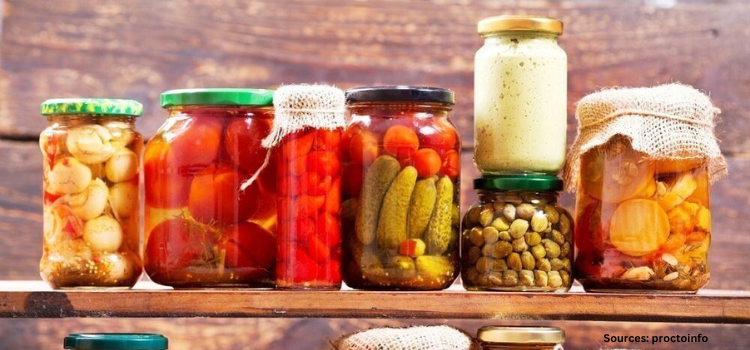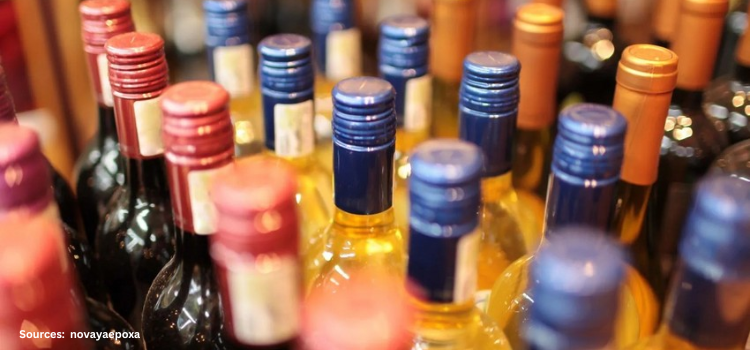
Tea Market by Form (Leaf Tea, CTC Tea, Other Forms), by Product Type (Black Tea, Green Tea, Herbal Tea, Oolong Tea, Other Types), by Packaging (Plastic Containers, Loose Tea, Paperboards, Aluminum Tins, Tea Bags), by Distribution Channel (Online, Offline)- Global Opportunity Analysis and Industry Forecast 2024-2030
US Tariff Impact on Tea Market
Trump Tariffs Are Reshaping Global Business
Market Definition
The Tea Market was valued at USD 70.83 billion in 2023 and is predicted to reach USD 104.21 billion by 2030 with a CAGR of 5.7% from 2024 to 2030.
Tea is one of the most consumed aromatic beverages across the world that is derived from the Camellia Sinensis plant. Tea is considered a healthy beverage due to the presence of a number of compelling antioxidants and minerals such as calcium, magnesium, manganese, and potassium. It has an invigorating effect on humans mainly due to its caffeine content. The regular consumption of teas such as green tea and black tea helps to prevent cell damage, enables healthy weight loss, and reduces cholesterol levels. In addition, black tea is the most popular tea across the world, followed by green tea, white tea, and oolong tea.
Market Dynamics and Trends
The demand for tea is increasing due to the enhancement of additional flavors such as honey, lemon, and ginger by several market players. For instance, in November 2021, Bigelow Tea, launched its Bigelow Blackberry Citrus Herbal Tea plus Zinc, as a part of the company’s line of immune support teas. This new herbal blend includes blackberry and citrus combined with the beneficial nutrient Zinc, to support a healthy lifestyle.
Also, tea is affordable to the mass population which belongs to low-income groups across developing economies such as China, Turkey, Ireland, and India, which is a significant factor influencing the market growth of tea. Moreover, the rise in consumers’ disposable incomes has encouraged tea producers to innovate health-oriented and premium products like green tea and hibiscus tea to target some common health conditions such as obesity, diabetes, and heart conditions.
Furthermore, various tea lounges such as The Russian Tea Room in New York City, Jiufen Teahouse in Taiwan, and Grande Mosquee de Paris are introduced recently across the globe that provide a wide range of handpicked teas to its customers along with hangout spaces, which have led to an augmented demand for tea.
The fluctuations in the prices of raw materials as a result of unpredictable climatic conditions and the growing trend of coffee consumption are factors expected to restrain the growth of the market. On the contrary, the increasing awareness regarding advanced and innovative agricultural practices for accelerating tea production such as organic tea agriculture and regenerative tea agriculture is expected to create lucrative growth opportunities for the market players in the coming years.
Market Segmentation and Scope of Study
The global tea market is segmented on the basis of type, packaging, category, distribution channel, application, and geography. Based on type, the market is classified into black tea, green tea, white tea, herbal tea, oolong tea, and others. On the basis of packaging, the market is categorized into loose tea, plastic containers, tea bags, aluminum tins, and paper boards. Based on category, the market is divided into organic and conventional. On the basis of distribution channel, the market is segmented into convenience stores, supermarkets/hypermarkets, online stores, specialty stores, and others. On the basis of application, the market is segmented into residential and commercial. Geographical breakdown and analysis of each of the aforesaid classification include regions comprising North America, Europe, Asia-Pacific, and RoW.
Geographical Analysis
Asia-Pacific dominated the global tea market in 2021 and is expected to remain dominant in the market throughout the forecast period. This is attributed to factors such as the rising trend of health consciousness among consumers in this region that encourages people, particularly millennials to prefer tea over soft drinks and sodas. Also, India and China being the top producers, export tea across the globe to meet the rising demand for tea. In 2021, China exported around 369 thousand metric tons of tea worth nearly 2.3 billion USD, which is at least a quarter of the global supply, thereby driving the tea market in this region.
North America is expected to exhibit substantial growth in the global tea market during the forecast period, due to the rise in settlement of the expat population primarily in Canada and the United States that prefer to consume organic tea over other beverages such as sodas, beers, and others. Also, the rapid versatility associated with tea that enables the tea manufacturers in this region to innovate products such as Keurig-cups of tea, tea bags, and Ready-to-drink (RTD) tea is expected to boost the market growth.
Competitive Landscape
The tea market includes several market players, such as Stash Tea, Pique Life, The Republic of Tea, AVT Beverages, Society Tea, Tealeaves, TATA Tea, Full Leaf Tea Company, Octavius, TWG Tea Company Pte Ltd., Leaf Tea Shop, Sublime House of Tea, Twinings, Tea Forte, Japanese Green tea Hibiki-an. These market players are adopting various innovations and product launches to maintain their dominance in the global tea market.
For Instance, in January 2020, Tata Global Beverages introduced the ‘Tata Tea Export portfolio’ including Tata Tea Gold and Tata Tea Premium for South Asian emigrants living in the UK and Europe. This launch aims to ensure availability of the Tata Tea products to consumers around the world. Also, in April 2021, The Republic of Tea announced the launch of its new herbal tea and Beauty Brain for the mind as well as radiant skin. This new herbal tea includes beneficial antioxidants along with unique herbs that support cognitive health.
Key Benefits
-
The tea market report provides a quantitative analysis of the current market and estimations through 2022-2030 that assists in identifying the prevailing market opportunities to capitalize on.
-
The study comprises a deep dive analysis of the tea market trend including the current and future trends for depicting the prevalent investment pockets in the market.
-
The information related to key drivers, restraints, and opportunities and their impact on the tea market is provided in the report.
-
The competitive analysis of the market players along with their market share in the tea market
-
The SWOT analysis and Porter’s Five Forces model are elaborated in the study.
-
Value chain analysis in the market study provides a clear picture of the stakeholders’ roles.
Key Market Segments
By Form
-
Leaf Tea
-
CTC Tea
-
Other Forms
By Product Type
-
Black Tea
-
Green Tea
-
Herbal Tea
-
Oolong Tea
-
Other Types
By Packaging
-
Plastic Containers
-
Loose Tea
-
Paperboards
-
Aluminum Tins
-
Tea Bags
By Distribution Channel
-
Online
-
Offline
By Geography
-
North America
-
U.S.
-
Canada
-
Mexico
-
-
Europe
-
UK
-
Italy
-
Germany
-
Spain
-
Netherlands
-
Rest of Europe
-
-
Asia-Pacific
-
China
-
Japan
-
India
-
Australia
-
South Korea
-
Taiwan
-
Vietnam
-
Rest of Asia Pacific
-
-
RoW
-
Latin America
-
Middle east
-
Africa
-
Key Players
-
Stash Tea
-
Pique Life
-
The Republic of Tea
-
AVT Beverages
-
Society Tea
-
Tealeaves
-
TATA Tea
-
Full Leaf Tea Company
-
Octavius
-
TWG Tea Company Pte Ltd.
-
Leaf Tea Shop
-
Sublime House of Tea
-
Twinings
-
Tea Forte
-
Japanese Green tea Hibiki-an
REPORT SCOPE AND SEGMENTATION:
|
Parameters |
Details |
|
Analysis Period |
2023–2030 |
|
Base Year Considered |
2023 |
|
Forecast Period |
2024–2030 |
|
Market Size Estimation |
Billion (USD) |
|
Market Segmentation |
By Type (Black Tea, Green Tea, White Tea, Herbal Tea, Oolong Tea, Others) By Packaging (Loose Tea, Plastic Containers, Tea Bags, Aluminum Tins, Paper Boards) By Category (Organic, Conventional) By Distribution Channel (Convenience Stores, Supermarkets/Hypermarkets, Online Stores, Specialty Stores, Others) By Application (Residential, Commercial) |
|
Geographical Segmentation |
North America (U.S., Canada, Mexico) Europe (Germany, UK, Spain, Italy, Netherlands, Rest of Europe), Asia-Pacific (Australia, China, India, Japan, South Korea, Vietnam, Taiwan, Rest of Asia-Pacific), Rest of the World (Latin America, Middle East, Africa) |
|
Companies Profiled |
Unilever Group, Tata Global Beverages, TAETEA, Barry’s Tea, Associated British Foods plc, Nestle S.A, Bettys & Taylors Group Ltd., ITO EN, LTD, Hain Celestial Group Inc, The Republic of Tea. |

















 Speak to Our Analyst
Speak to Our Analyst





















